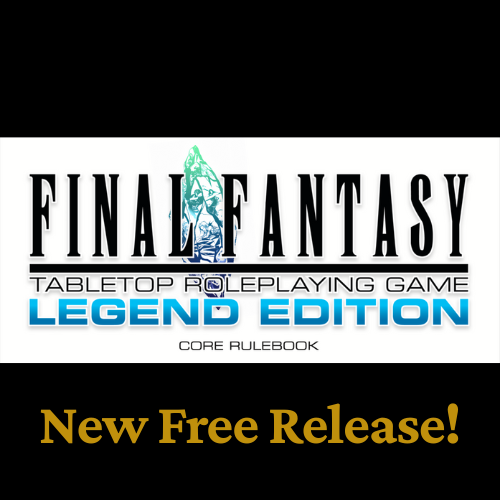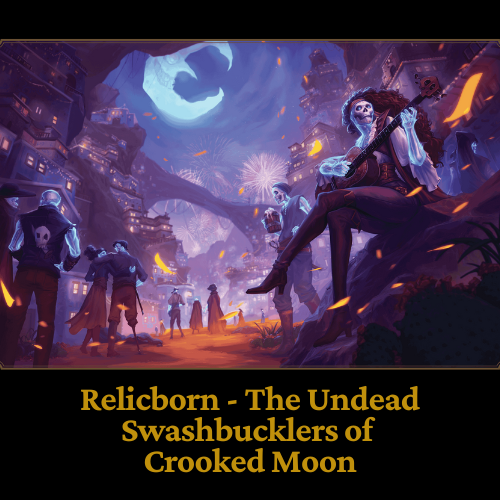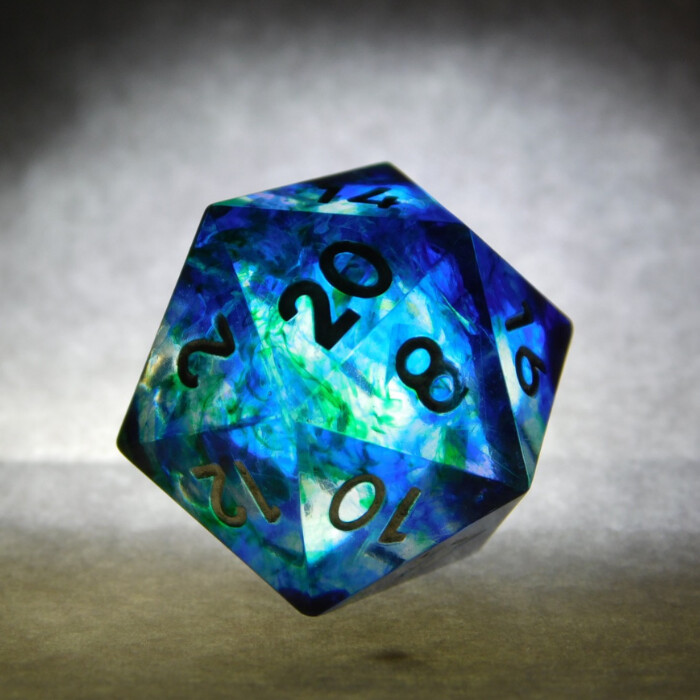Aura of Vitality - D&D 5th Edition Spell Book
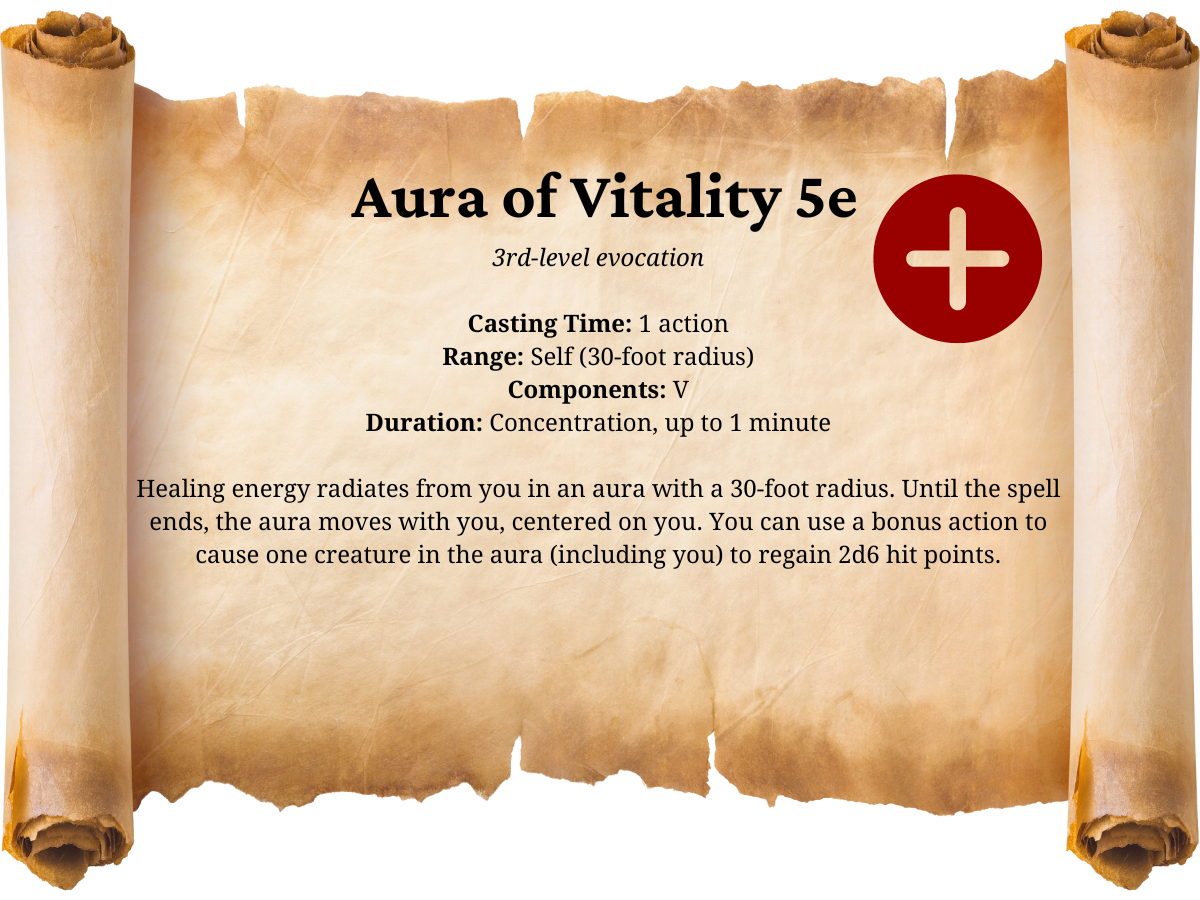
Aura of Vitality Spell Effects
3rd-level evocation
Casting Time: 1 action
Range: Self (30-foot radius)
Components: V
Duration: Concentration, up to 1 minute
Healing energy radiates from you in an aura with a 30-foot radius. Until the spell ends, the aura moves with you, centered on you. You can use a bonus action to cause one creature in the aura (including you) to regain 2d6 hit points.
All information about Aura of Vitality comes from the DnD Player's Handbook.

Classes That Can Cast Aura of Vitality
The following classes gain access to casting Aura of Vitality 5e as part of their normal class spell availability:
- Artificer: Battle Smith Subclass (Xanthar's Guide to Everything)
- Cleric: Twilight Domain (Xanthar's Guide to Everything)
- Druid (Xanthar's Guide to Everything)
- Paladin
- Sorcerer: Divine Soul Subclass (Tasha's Cauldron of Everything)
One of the most confusion parts of Dungeons and Dragons is that supplemental material often sometimes provides wildly different rulesets than the Player's Handbook. For example, only Paladins are capable of casting aura of vitality through the Player's Handbook. Meanwhile, artificer, cleric, druid, and sorcerer all have subclasses available from Tasha's Cauldron of Everything and Xanthar's Guide to Everything that may cast the spell.
Really, it takes websites like this one to keep track of where to find everything you may need for your game. Why? I don't know. Ask Wizards of the Coast.
Aura of Vitality Spell Effectiveness
| Healing | Round 1 | Round 2 | Round 3 | Round 4 | Round 5 | Round 6 | Round 7 | Round 8 | Round 9 | Round 10 |
|---|---|---|---|---|---|---|---|---|---|---|
| Healing Dice | 2d6 | 2d6 | 2d6 | 2d6 | 2d6 | 2d6 | 2d6 | 2d6 | 2d6 | 2d6 |
| Average Healing | 7 | 7 | 7 | 7 | 7 | 7 | 7 | 7 | 7 | 7 |
| Cumulative Healing | 7 | 14 | 21 | 28 | 35 | 42 | 49 | 56 | 63 | 70 |
Healing Value
Every round of combat in D&D 5e lasts for 6-seconds. Meanwhile, the aura of vitality spell lasts for up to 1-minute (so long as concentration isn't broken). This means that for the small cost of a bonus action every round, aura of vitality can heal up to 10 total instances, for a total of 70 hit points, which is insane.
For comparison, mass cure wounds (a 5th-level spell) heals 3d8 hit points + your spell casting modifier to up to 6 creature, making its total healing probably just a little higher than the mere 3rd-level spell, aura of vitality.
Aura of Vitality Usefulness
Aura of vitality is a healing-over-time effect spell. Players should use aura of vitality in the following circumstances:
- Ideally, outside of combat. The reason is that since aura of vitality is a concentration spell, there's a chance that its effect may be interrupted by enemy attacks. For the massive amount of hit points restored from such a relatively low-tier spell, it may be best used in between combat rather than during.
- If you don't have other bonus actions that you want to use. Since aura of vitality requires a bonus action to provide healing each round, you'll have to decide if you want to cause healing or some other effect. If you don't have other useful bonus actions in the moment, then aura of vitality is the clear choice, and allows you to maximize healing.
- When fighting particularly powerful or high-damage enemies, you can use your bonus action to provide healing with aura of vitality while still using normal actions to cast other healing or utility spells.
Visit the Eternity TTRPG Store!
Combine Aura of Vitality with the Following Spells
Aura of vitality is an incredibly powerful spell for it's level. However, you can combine it with other spells and effects for even more added value.
- Aid 5e: aid provides temporary hit points, and the spell can be cast before battle begins. Send your allies into combat with more hp than normal, then heal them with aura of vitality after they take damage.
- Armor of Agathys 5e: similar to aid, armor of agathys provides temporary hit points.
- Cure Wounds 5e: since aura of vitality only requires bonus actions to heal (once the spell has been cast), you can follow up for additional healing to allies with cure wounds or other 1 action healing spells.
- Mage Armor 5e: the main idea behind aura of vitality is keeping people alive, so a spell like mage armor fits in perfectly well. Give you ally additional AC to reduce damage taken, then heal them back up with aura vitality when they get low.
Note that since aura of vitality requires concentration, you aren't able to combine it with other spells that also require concentration. So, though spells such as bless 5e, charm person 5e, cause fear 5e, and haste 5e are also excellent ways of either directly or indirectly reducing enemy damage, you can't combine them with aura of vitality.
Aura of Vitality Counters
As an added benefit, aura of vitality doesn't really have a lot of counters, aside from effects like dispel magic. Casting the spell does require a verbal (V) component, so silence 5e would prevent the spell from initially being cast. Once cast, however, the only other ways to stop the spell from taking place would be to stun the character concentrating on it, or drop them to 0HP.
Aura of Vitality-Type Spells in Eternity TTRPG
If you weren't aware yet, Eternity TTRPG has its own independently-published TTRPG. Similar to D&D 5e in many ways, the Eternity TTRPG Game System provides players with roleplaying and combat encounters in an immersive world they can explore.
If you've ever wondered about playing other tabletop RPG systems, give Eternity TTRPG a try. Below is a spell sample that's similar to aura of vitality from 5e, for a quick comparison of how the game works.
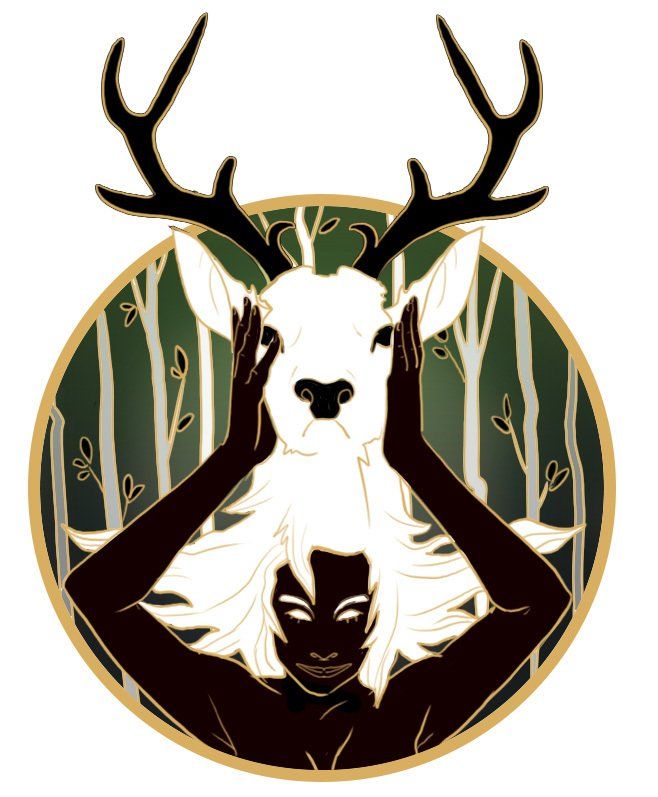
Druid - Core Class Spell
Seed of Healing (Magic): 4Range, on every one of the target’s turns, roll d20. If you roll 18-20, they heal +1HP. This Spell allows the affected target to heal 1HP above their normal max HP. Every time your target heals with this effect, they are also Fatigued, giving -1Resilience, -1Dodge, and -1Will for 1Day Duration (can stack without limit). You can instead choose to continually maintain this Spell for 2Inspiration.
- (Nature's Wrath) You gain either +4Strike Bonus or +4Faith against the first enemy that attacks the target of this Spell. You can instead choose to continually maintain this Critical for 5Inspiration (and 0Wisdom).
- (Nature's Healing) Roll 15-20. You can instead choose to continually maintain this Critical for 4Inspiration (and 0Wisdom).
- (Primal) Instant Action. Your target also gains +1Speed while affected by “Seed of Healing.” When you use this Critical, you can’t use any more Wisdom this turn. 1turn Recharge.
Once seed of healing has been cast on a target, they have a chance each turn to gain healing. There are no bonus actions in Eternity TTRPG, so once the spell's active, players are free to use any of their other spells or effects each round, while the healing continues in a passive and ongoing manner. When used as a Critical, seed of healing either increases its chances to heal, provides additional hit chance, or gives the affected target more movement, allowing them to flee if combat gets to dicey.
Curious to learn more? Check out the
Eternity TTRPG Core Game PDF!
Dice, Dungeons, Games & More - Eternity TTRPG
Share This Article
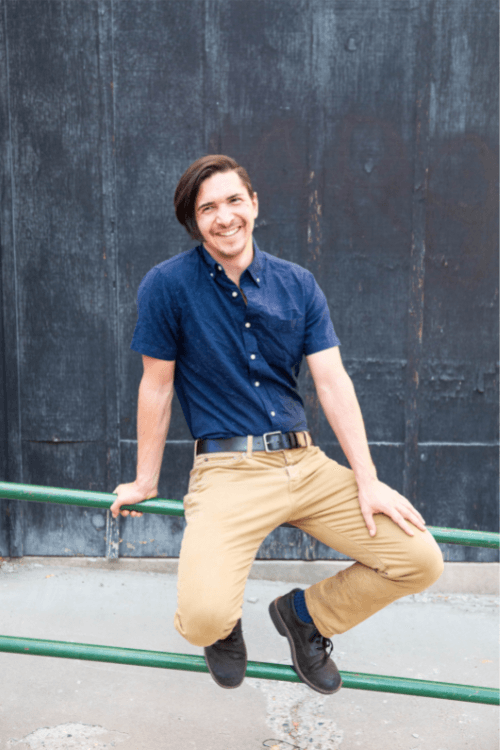
Author - Jacob Tegtman
Dear reader, I hope you enjoyed this article. Tabletop gaming has been a passion of mine since I was 6 years old. I've played just about every game from Dungeons and Dragons to video games like Final Fantasy. These games have inspired me, made me laugh, made me cry, and brought me endless hours of enjoyment.
I started Eternity TTRPG - and the indie tabletop game that goes along with it (Eternity Shop) - to share my love of gaming with others. I believe that in our technology-driven age, tabletop games help bring a sense of magic and community back into our world.
If you love the site, please share it with others! I have lots of gaming-related material for you to peruse and use in your own gaming sessions. If you have any questions about the site or want to contribute, just send me a message using the "Contact" page, which you can find in the site's footer.

